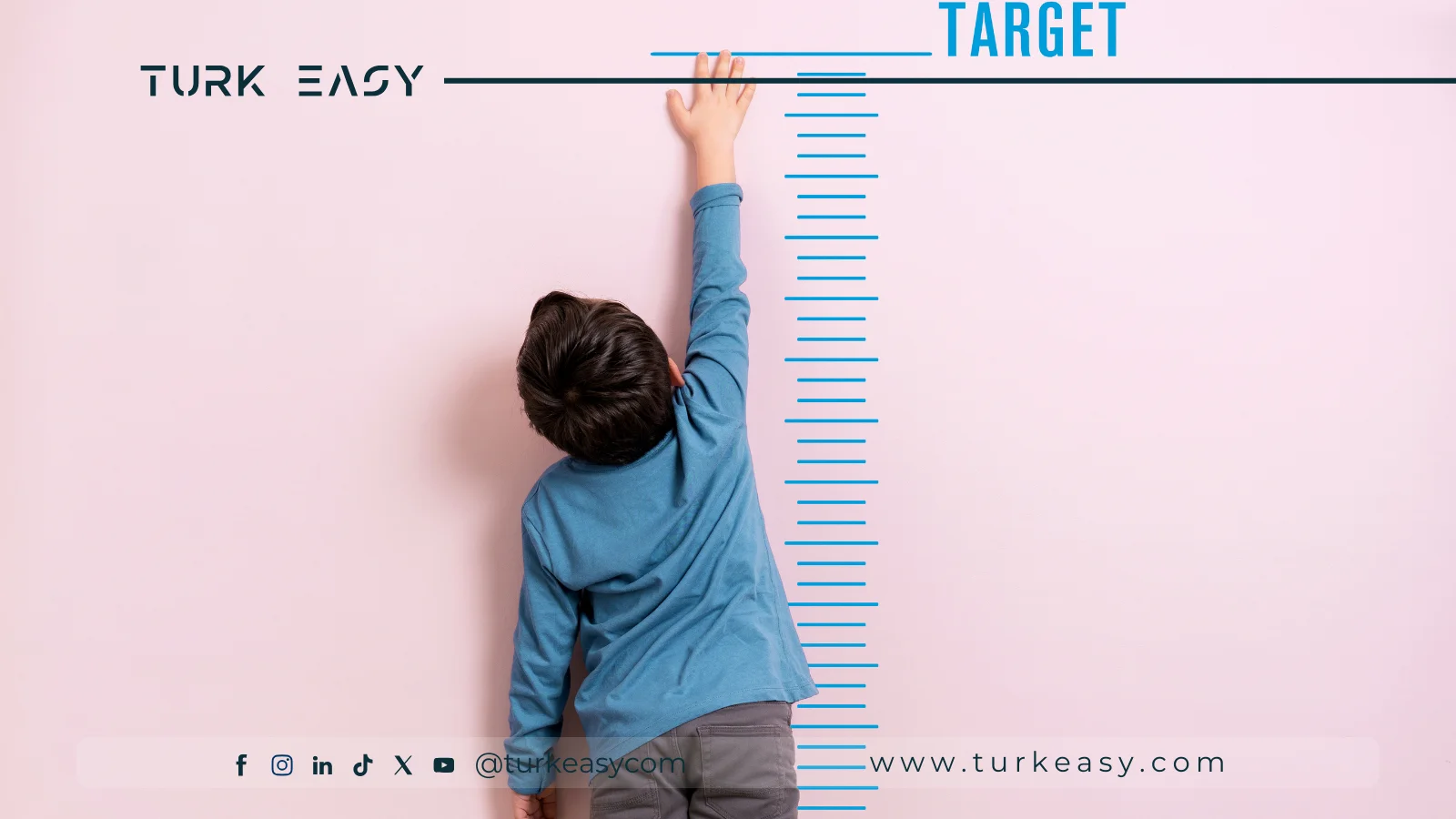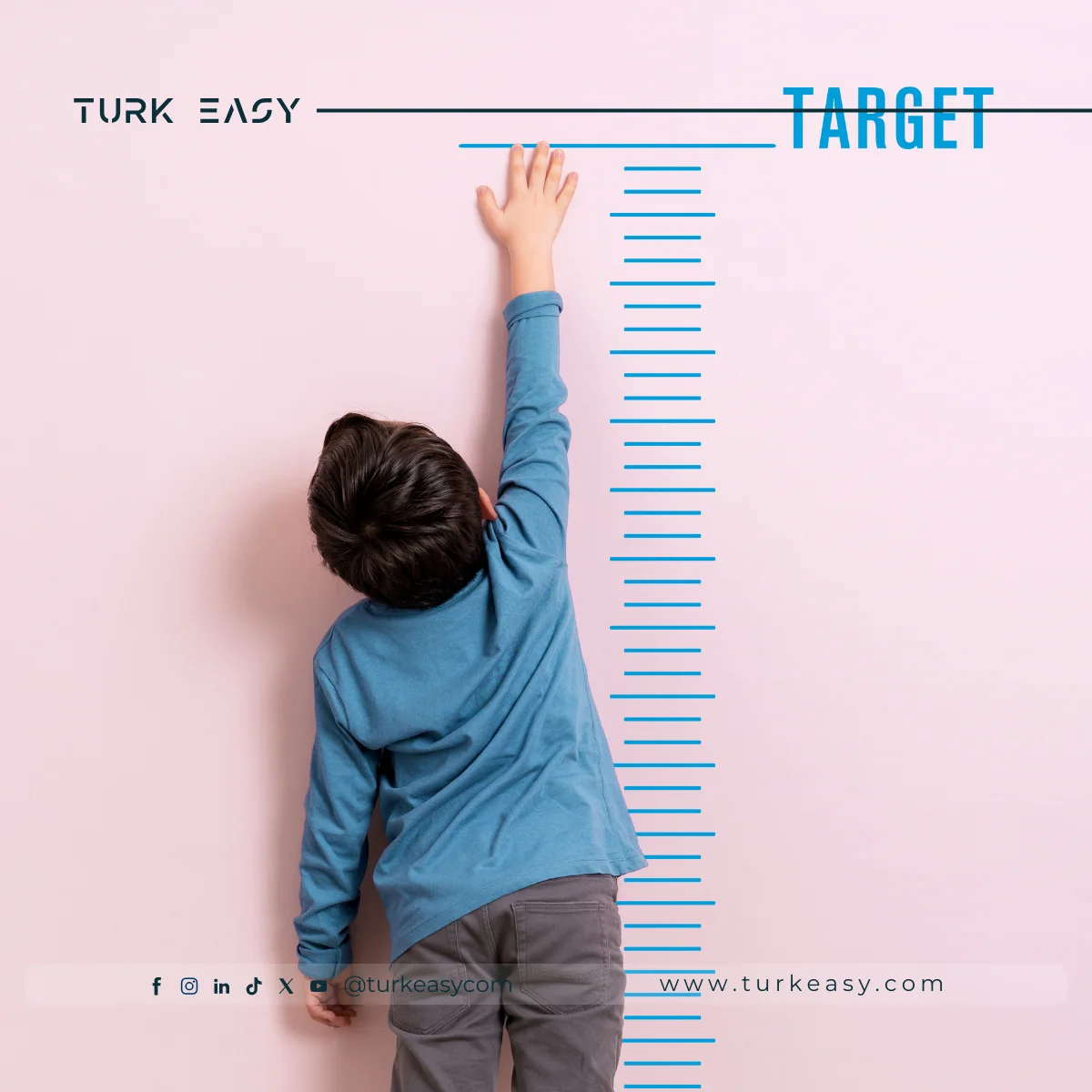Height Lengthening
Height lengthening surgery, also known as limb lengthening surgery, is one of the effective methods used to treat short stature. In this procedure, the doctor elongates the bones of the thigh or leg. It's not possible to lengthen both at the same time. Lengthening is done gradually, and those who undergo the procedure can gain a height ranging from 5-10 cm. The complete procedure may take up to six months until the metal fixators are removed.
What is Meant by Height Lengthening?
Height lengthening surgery is among the modern operations. Short stature has many negative effects on individuals, whether in work, as some jobs require a certain height, or in daily life in general. Additionally, some cases of short stature coincide with uneven leg length, causing difficulty in walking (limping) and back pain.
Not having this attribute can lead to poor psychological conditions, especially in cases of extreme short stature or dwarfism. Such surgical procedures aim not only to increase height but also have another positive aspect, which is correcting defects in the length of limbs.
After puberty (18 years old), a person's height stops growing, and there is no room for further increase. In such cases, height lengthening surgery may be sought. Initially, these types of procedures targeted those suffering from excessive curvature or problems in the evenness of leg length. However, with technological advancements, height lengthening surgery can now be performed for individuals shorter than average, and some classify it under cosmetic surgeries.
How is Height Lengthening Surgery Performed?
Ilizarov Height Lengthening Procedure:
This method is attributed to the Russian doctor "Gavriil Ilizarov". Before performing the height lengthening (Ilizarov) procedure, the doctor directs the patient to undergo a scan called a "scanogram". This is used to obtain detailed images of the lower limb, starting from the pelvis down to the feet. The computer determines the bone length measurements. If there is a difference in the lengths of the legs or if there is a curvature, it is identified.
- The doctor determines the amount of increase that can be achieved through bone lengthening surgery based on the images obtained from the scans.
- The doctor installs an external metal fixator (metal rings) around the bone to be lengthened. The bone is then broken transversely. After 10 days, the doctor starts gradually separating the broken ends of the bone by increasing the distance between the fixation rings by one millimeter per day.
- When the safe length is reached, the doctor stops all procedures for several months to allow the bones to ossify. Afterward, the doctor removes the external bone fixator.
Smart Intramedullary Nail Height Lengthening:
Height lengthening surgery using the smart intramedullary nail is one of the main methods. It relies on the use of the smart intramedullary nail, which is fixed in the bone marrow of the bone to be lengthened through a surgical procedure. This nail does not affect blood circulation or the surrounding tissues, thus promoting the formation of new bones.
- The lengthening of the bones can be controlled through an external device. Once the appropriate length is reached, the doctor can remove the intramedullary nail through surgery.
Unilateral External Fixator Height Lengthening:
In unilateral external fixator height lengthening surgery, the doctor fixes a device to the limb to be lengthened, away from the nerves and blood vessels. This method helps the patient to walk naturally during the lengthening stages. X-ray imaging can be easily performed, and the patient avoids any infections. This approach is considered the latest.



